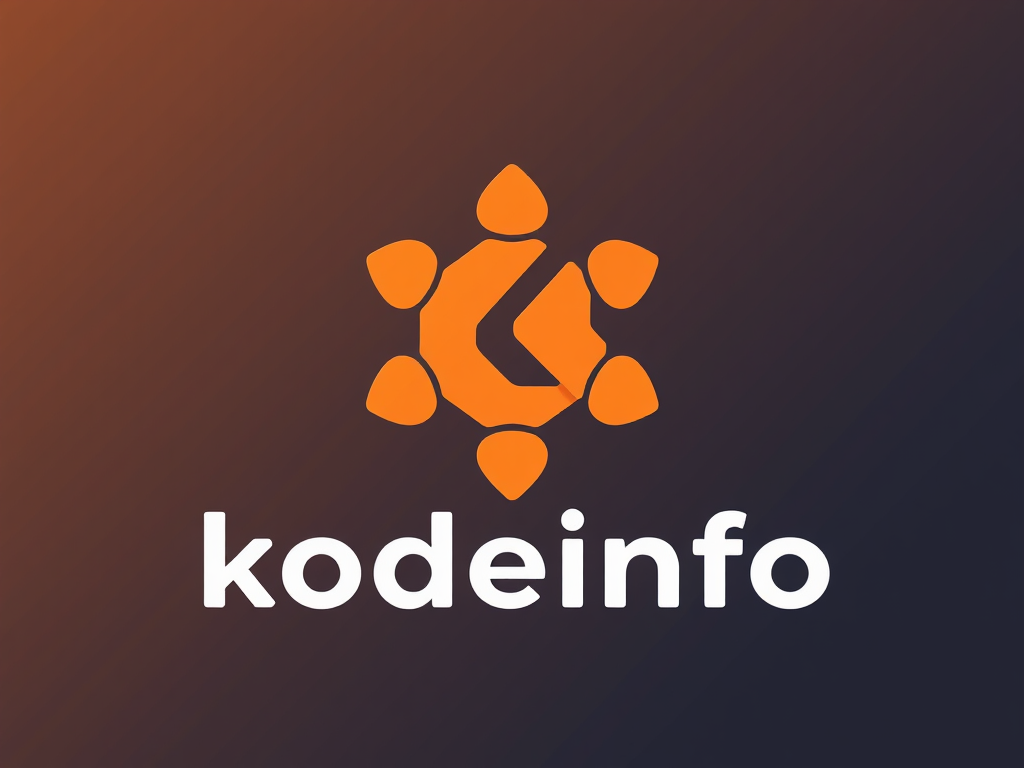AI video translation revolutionizes content sharing by converting videos into multiple languages quickly and accurately. Cutting-edge tools like Vidnoz combine natural voice cloning and lip-synching to produce realistic dubbed videos that preserve the speaker’s original tone. This technology expands reach effortlessly, enhancing engagement and accessibility while reducing costs and turnaround times compared to traditional methods.
Essential Features and Immediate Benefits of AI Video Translation Tools
AI-powered video translation tools immediately reshape how multimedia content is shared across linguistic boundaries, delivering instant subtitle generation, realistic voice cloning, and advanced lip-syncing. With technologies like real-time video subtitle generation and automated dubbing, brands can now provide localized content almost as quickly as it’s created—More information here—and with a level of voice and lip-sync precision that preserves the original tone and expression. This automation slashes turnaround times and eliminates the high costs and inconsistencies tied to traditional translation.
Also to read : A/b testing essentials: boost conversions and optimize impact
Key advantages emerge right away: speed, affordability, and accessibility. Users can translate several minutes of video for free each month, making these tools accessible for businesses and creators of all sizes. Automated AI workflows allow users to upload content, choose target languages, and generate subtitles or dubbed speech within minutes, making international expansion and audience engagement far more achievable.
In contrast, traditional translation methods often involve multi-step processes, outsourcing, and higher costs—sometimes billed by the minute. AI solutions support far more languages, enhance brand messaging reliability, and make global distribution efficient and budget-friendly. This democratizes multilingual video creation, ensuring message clarity and consistent brand delivery.
Also to read : What impact does IoT have on UK marketing campaigns?
How Leading AI Video Translation Tools Work and Their Unique Capabilities
AI-driven speech-to-text conversion stands at the core of modern video translation, transforming spoken content into editable text with impressive precision. This process enables neural machine translation for videos to quickly generate multilingual subtitles and translations, reducing turnaround times and dependency on manual efforts. Once the AI-powered video translation system recognizes language, users simply upload their videos, select a target language, and initiate seamless translation—all within a few clicks. These automated workflows enable creators to produce content that is ready for global audiences almost instantly.
Platform-specific tools elevate user experience. For instance, AI video voiceover solutions clone the original speaker’s voice, matching tone and delivery—even emotional nuances. Leading platforms incorporate AI subtitle editing software, accommodating real-time subtitle updates and customizable options for color, format, or font. Most cloud-based video translation platforms integrate AI subtitle synchronization to keep subtitles perfectly matched with speech or visuals, crucial for comprehension.
Today’s solutions support dozens—even hundreds—of languages and dialects. These systems adapt content through dubbing, precise subtitle generation, and state-of-the-art lip-sync technologies, preserving the speaker’s intent and authenticity. Custom AI translation models for video extend this further, letting organizations personalize translations for branding, accessibility, and cross-cultural video communication.
Real-World Applications, User Experiences, and Emerging Trends in AI Video Translation
AI video content transcription streamlines video translation across industries, enabling efficient adaptation of materials for multiple uses. In marketing, brands rapidly convert campaign videos into local languages, ensuring immediate relevance and boosting global audience expansion with AI video translation. Education sectors leverage machine learning for video translation accuracy, delivering coursework in students’ native tongues and expanding online course accessibility.
Content creators turn to AI-driven video dubbing in multiple languages, repurposing existing footage for new markets and social platforms. This context-aware AI video translation optimizes engagement by localizing not only dialogue but cultural cues, strengthening user connection everywhere. For social media, AI-enabled video content personalization delivers targeted, multilingual posts that resonate.
Users highlight improved workflow efficiency and accessibility, with AI-powered video translation tools lowering costs and time investments compared to manual dubbing. Enhanced subtitle transcription and editing features meet industry demands for accuracy—machine learning for video translation accuracy consistently refines results based on context. This continuous learning cycle benefits sectors focusing on improving user experience with AI video translation.
Emerging trends include AI-generated avatars delivering voiceovers, deeper speech synchronization, and customizable localization. Raised awareness of the legal and ethical aspects of AI video translation ensures creators address privacy, consent, and data protection alongside seamless global reach.






